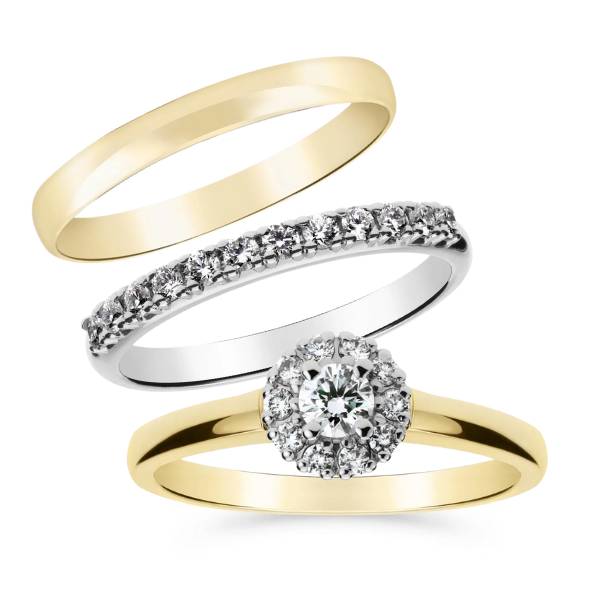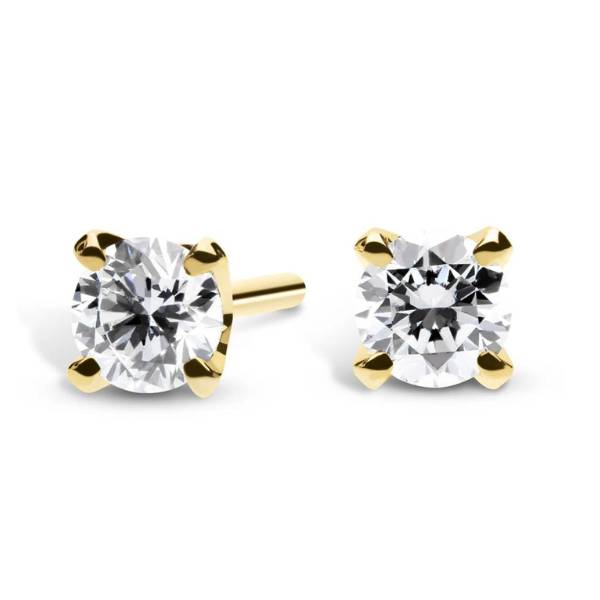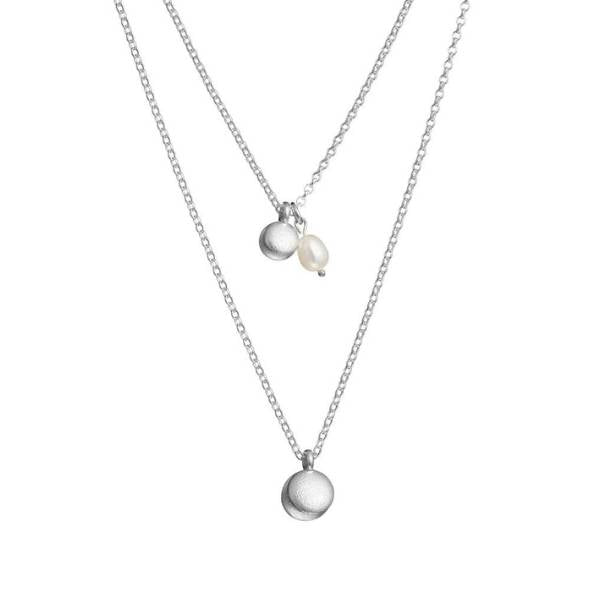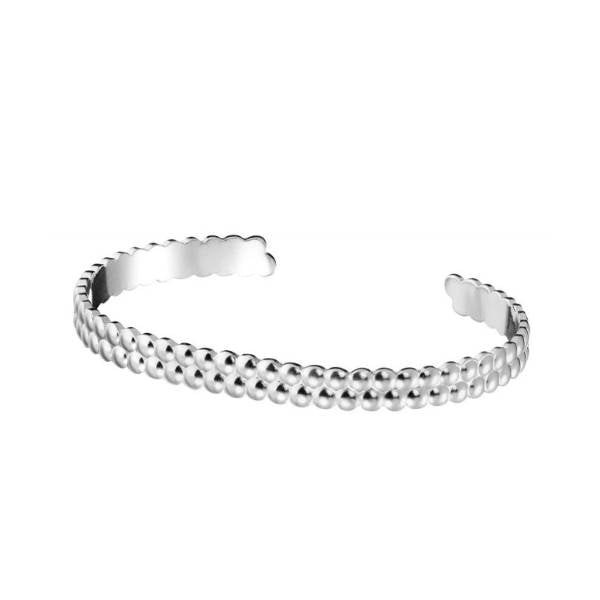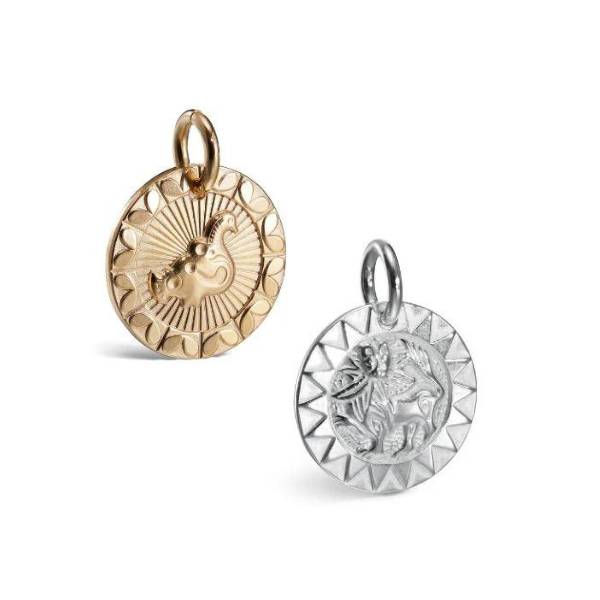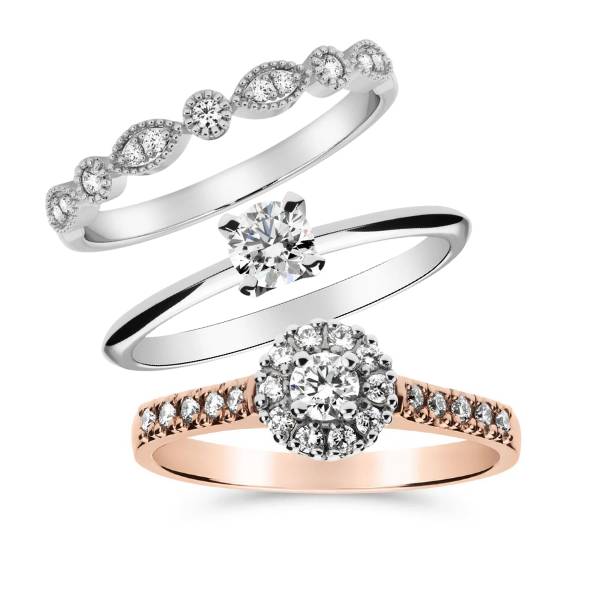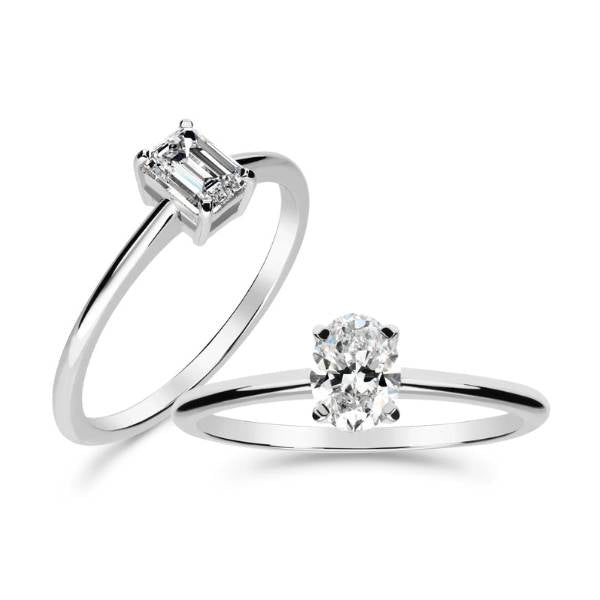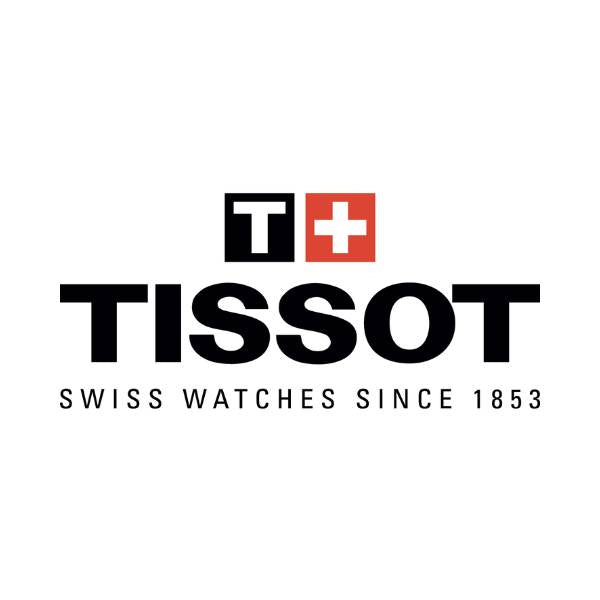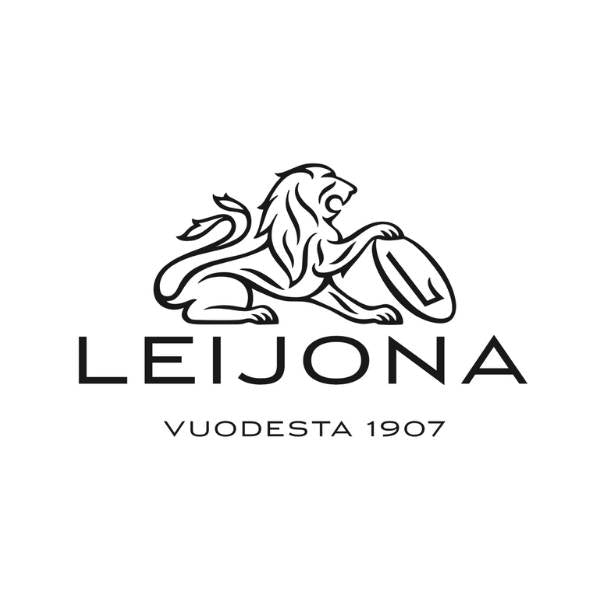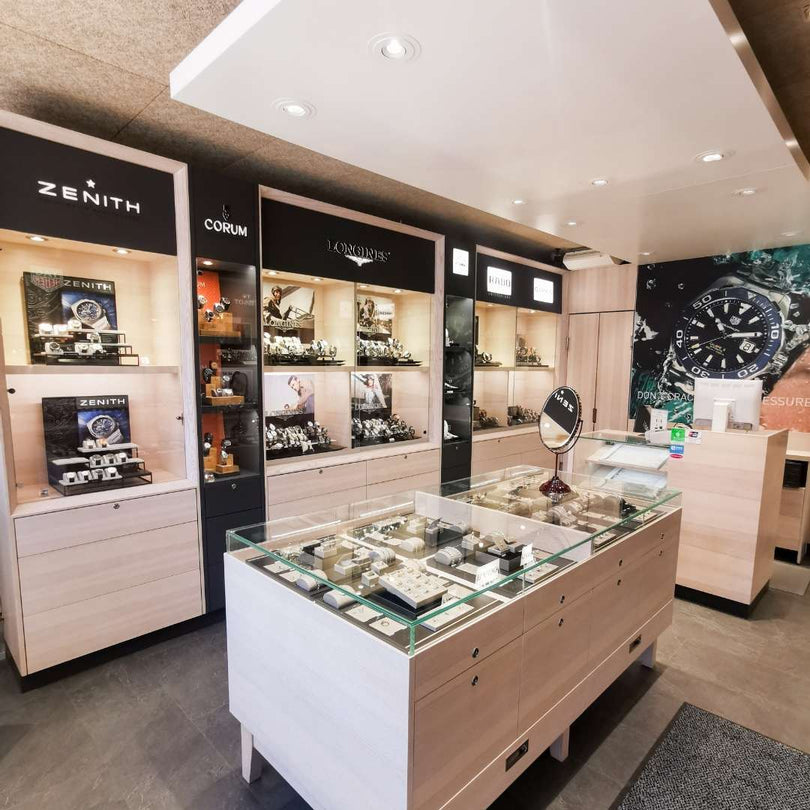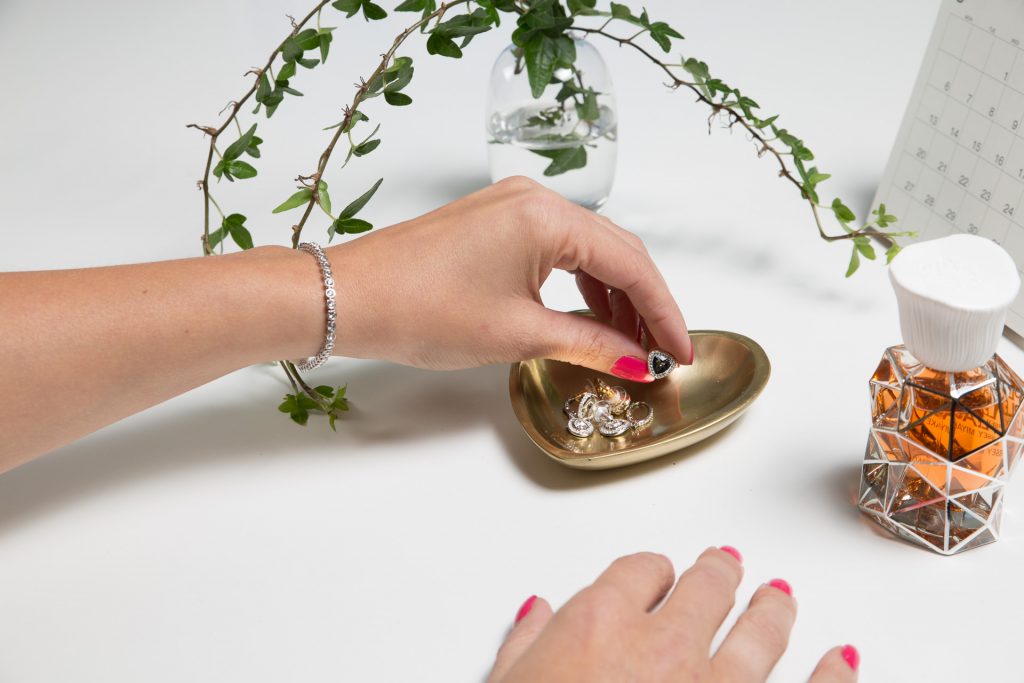The diamonds used in the production of domestic Silván jewelry are selected with precise criteria. But what exactly is a diamond? And what is meant by diamond quality classification and cut forms?
A diamond is a gemstone formed deep in the earth's crust, brought to earth by a volcanic eruption. Its superior properties compared to other precious and jewelry stones are, for example, strong shine, brilliance and hardness. A diamond is composed of carbon. Its beauty is due to the structure where the carbon atoms are packed together in triangular bonds.
Diamond is a very natural substance, and no other substance can scratch it. All other well-known materials come far behind. However, it is good to keep in mind that hardness and durability are two different things. A diamond can also be accidentally chipped, even though the setting style of the jewelry protects the stone. A diamond also breaks if you hit it with a hammer, for example. That is why you shouldn't believe the old myth to determine the authenticity of a diamond.
Cut forms of diamonds
Diamonds are always cut according to very precise rules. In the design of the grinding forms, efforts have been made to maximize the best properties of the diamond. Round brilliant sanding is by far the most common form of sanding. With other forms of grinding (so-called Fancy), the brilliance is not necessarily as good as with brilliant, but many people want, for example, a stone with a slightly more special shape for their wedding ring. Different forms of grinding have therefore become more common over the years. Typical forms of grinding are:
1. Brilliant
Brilliant is the most used diamond cut. It consists of 56 bevels, i.e. a smooth ground and polished surface, as well as a board and a possible point bevel. This grinding is designed to return as much of the light falling on it as possible back up and into the viewer's eye. Such a quality is called brilliance. However, not all brilliant cut diamonds are equally beautiful. Correctly chosen bevel angles and the symmetry between the bevels are of great importance in terms of the brilliance and fire of the diamond.
2. Marquise (marquise) 1. Navette
Marquise is a popular form of diamond polishing. It is also more affordable than, for example, brilliant in terms of carat price. Awning sanding is fascinating, because its surface area is large in relation to its size. Stones often look bigger than they are. However, the shape of the awning does not allow quite the same brilliance as the brilliant.
3. Oval brilliant
The shape of the rough diamond to be polished is often such that it should be made oval in circumference. For its weight, an oval brilliant is usually more affordable than a round brilliant. Usually, stones have all the same facets as brilliants.
4. Drop (Pear) 1. Pendeloque
The drop can be thought of as half round brilliant and half marquise cut. However, the stone may have a different number of facets than a brilliant. A drop is a rather rare choice for a ring, but in a pendant or earrings, for example, its beauty comes into its own.
5. Emerald cut (Emerald cut)
As the name suggests, this grind was originally developed for another gemstone, the emerald. Its good features include e.g. potential color enhancement and durable truncated corners that don't break very easily when planted.
6. Baguette or step cut
Baquette is the modern equivalent of the first grinding developed for diamond, i.e. table grinding. This type of sanding, also called step cut, is a rather rare choice these days. Most often, it is used as a side stone in a ring, possibly channel-planted.
7. Heart
A heart-shaped diamond strongly symbolizes love. The width and length of a well-made heart-ground stone are roughly the same.
8. Princess
Princess sanding has grown in recent years and is the second most popular sanding form after Brilliant. Stones are typically more affordable than brilliants, because less material is wasted when grinding from a square-shaped raw stone.
The value of a diamond is determined by its quality
Do you know the basics of diamond quality classification? Proper quality classification is always based on generally accepted nomenclatures and classification systems.
1. Weight (carats)
The weight of a diamond is quite unambiguous. It is measured by weighing a loose diamond, i.e. a stone not set in jewelry, on a scale. The unit of weight is the carat (ct.), which is one-fifth of a gram. E.g. 1 ct. thus weighs 0.2 grams.
In jewelry with many stones, the total weight of the diamonds is often indicated. The value of a diamond increases significantly as its size increases, so e.g. 1 stone of 1 ct. is clearly more valuable than 10 stones of 0.10 ct.
2. Color
Regarding color, the question is more about the classification of colorlessness than color. Diamonds usually contain a small amount of nitrogen, which gives them a completely colorless to yellowish to yellow color. The most colorless classes are River (R), Top Wesselton (TW) and Wesselton (W). Yellowness is gradually starting to appear in the categories Top Crystal, Crystal, Top Cape, Cape, Light Yellow and Yellow. Grading the color is work that requires precision, and it should preferably be done when the diamond has not yet been planted. Laatukoru's jeweler specifies all its diamonds precisely.
3. Clarity
A diamond, like other precious stones, is a natural product that is rarely completely pure. Other minerals such as garnets or even another smaller diamond may crystallize inside the stone. The stone can also split under the compression of earth pressure. Such impurities are called inclusions. It is important to understand that these are not mistakes. The diamonds used in Silván jewelry are quite clean (VVS). Their inclusions are so small that they are not visible to the naked eye or affect the brilliance of the stone.
Many people want to get a diamond with a purity classification of VVS. As the name implies, the inclusion of the VVS stone must be really small. As a quality class, VVS is a little more than you should expect from a diamond in jewelry.
The cleanliness classifications are:
Flawless (FL) : Completely clean
Internally Flawless (IF)
Very Very Small Inclusions (VVS) , very small inclusions
Very Small Inclusions (VS) , very small inclusions
Small Inclusions (SI) , small inclusions.
Piquee/Inclusons (P or I) , large inclusions
4. Grinding quality (Cut)
The quality of the cut is the factor that most affects the appearance of the diamond. The quality of the grinding does not mean the type of grinding used, but rather how well the dimensions of a certain type of grinding have been chosen to produce a stone that looks as brilliant as possible, and how carefully and symmetrically the grinding and polishing work itself has been done.
The diamonds used in Silván jewelry are polished with the best professional skills. This guarantees the brilliant brilliance of the diamonds.

